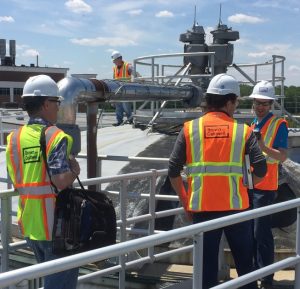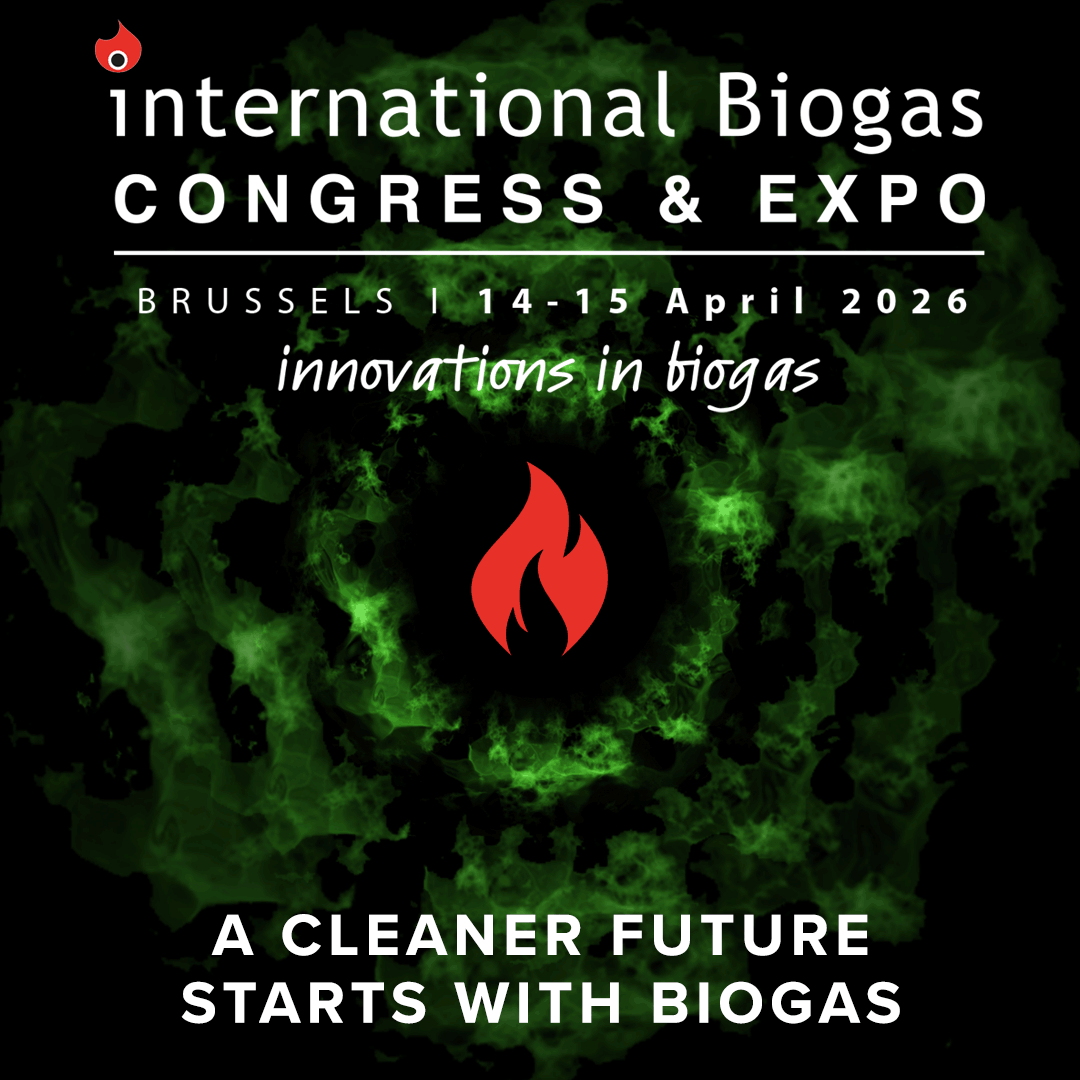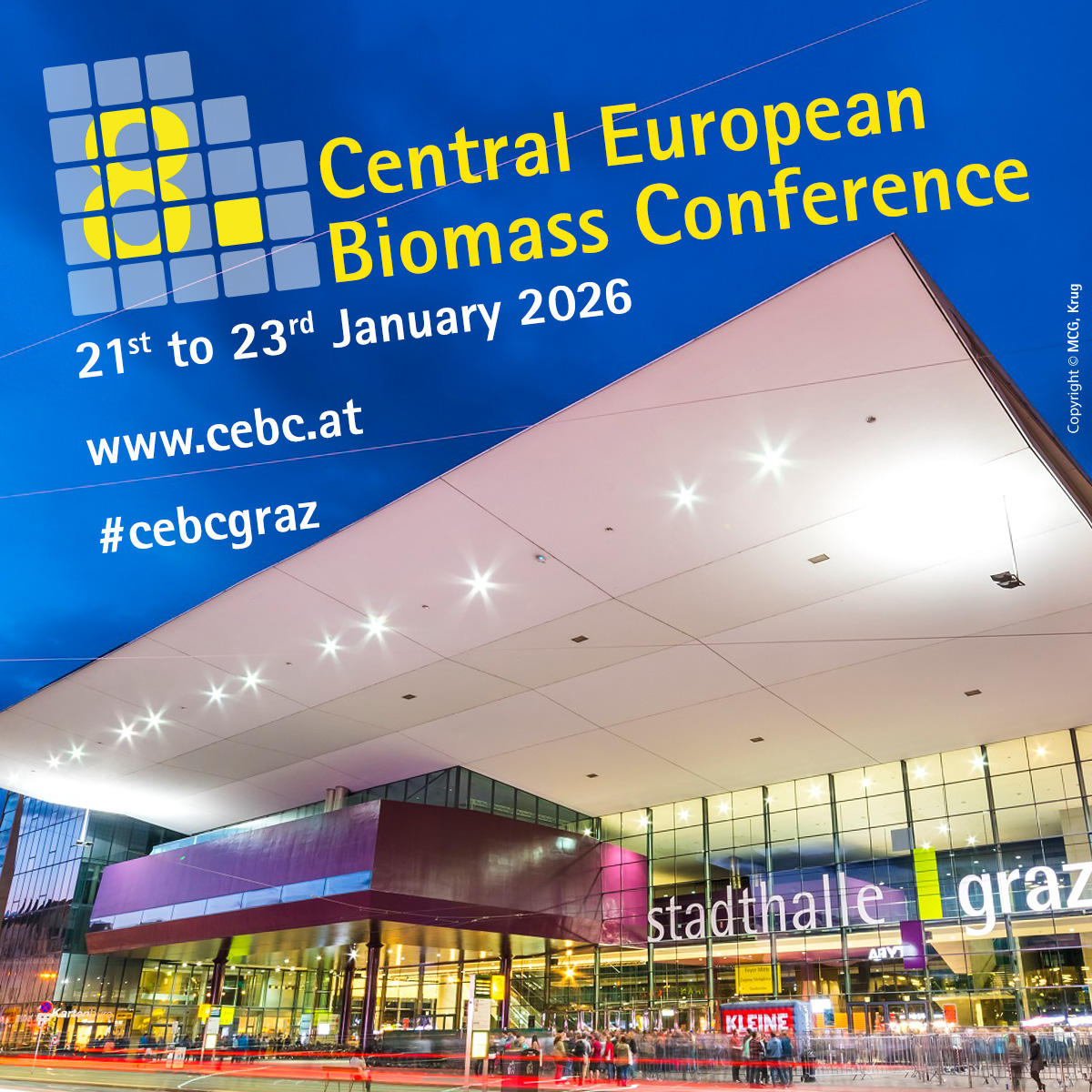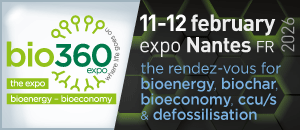Columbus tackles fugitive methane with pioneering bioenergy upgrades

The project is being hailed as the first of its kind in the Western Hemisphere to integrate a multi-sensor methane investigation with next-generation digestion and energy recovery systems.
Led in partnership with engineering consultancy Brown and Caldwell, the project combines advanced emissions monitoring, redesigned digestion systems and a state-of-the-art cogeneration facility.
The overarching aim is to convert harmful methane emissionscinto a renewable energy asset that powers up to 50% of the facility’s energy needs.
Central to the innovation was the first-ever multi-sensor fugitive methane investigation in the region, which identified and quantified previously unmeasured methane leaks across digesters, pressure relief valves and solids handling units.
Insights from the study revealed that poor digestion performance and outdated infrastructure were significant contributors to emissions.
In response, the city implemented a suite of measures, including fixed concrete digester covers, high-pressure digestion upgrades and rerouting of biosolids handling air to a vapour combustion unit.
In tandem, a dual-phase digestion microaeration pilot was introduced to cut hydrogen sulphide levels, improving biogas quality and downstream performance.
Altogether, the upgrades are expected to mitigate 91% of fugitive methane sources and reduce total greenhouse gas emissions at the Southerly facility by 80% by 2050 (excluding nitrous oxide).
The project also delivers on capacity: digestion volume is being expanded by six million gallons, while a new 6-megawatt combined heat and power plant is set to provide on-site renewable electricity - further decarbonising the plant’s operations and cutting utility costs.
With over $200 million in federal funding secured, the initiative underscores the financial and environmental potential of circular economy thinking in municipal infrastructure.
“The Bioenergy project will help the Southerly facility reduce GHG emissions by 80% and help Columbus Water and Power make large strides toward meeting Columbus’ Climate Action Plan goals. This project would not have been possible without the partnership and contributions of Brown and Caldwell and the design team,” said Tyler Schweinfurth, project manager at Columbus Water and Power.
The project team will present their findings at the upcoming Midwest Biosolids Association Annual Conference.

















